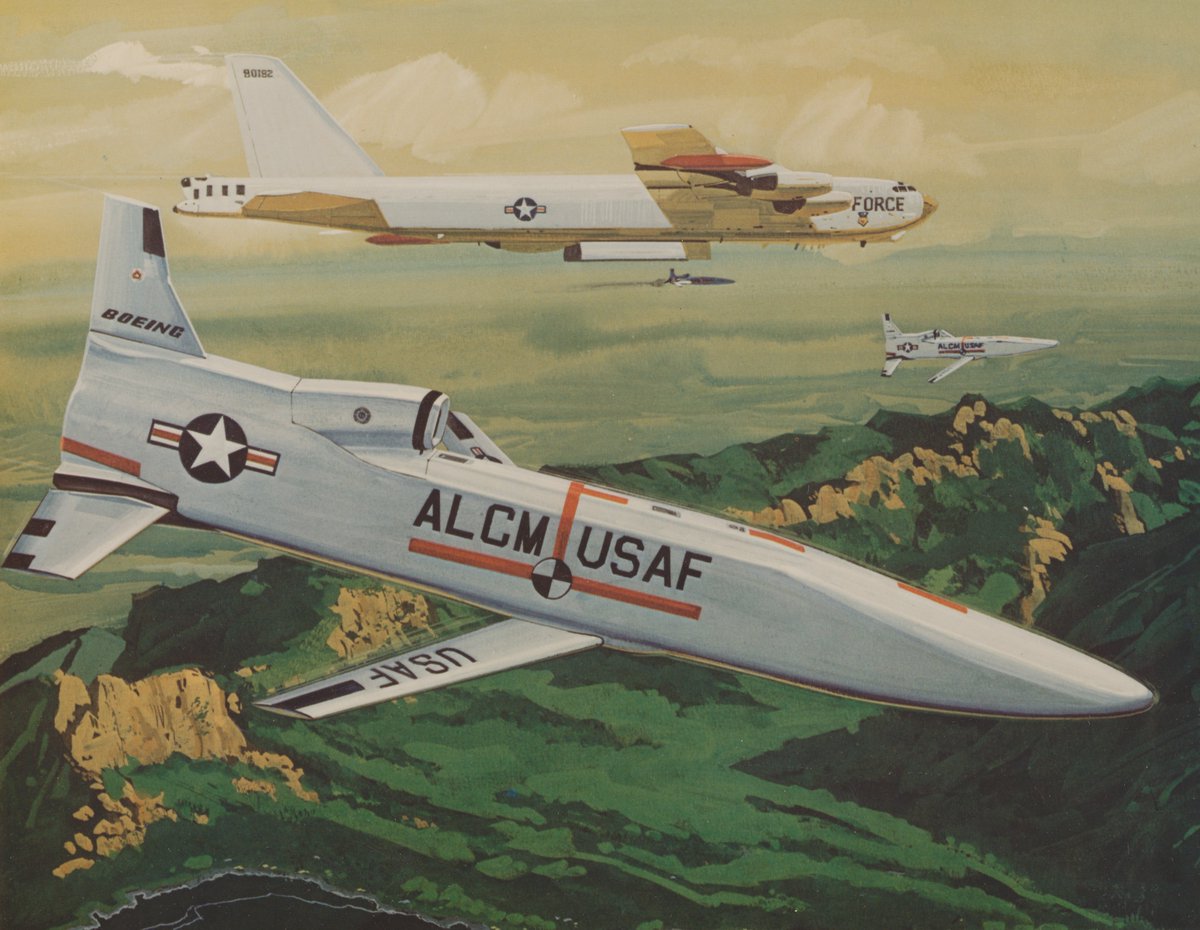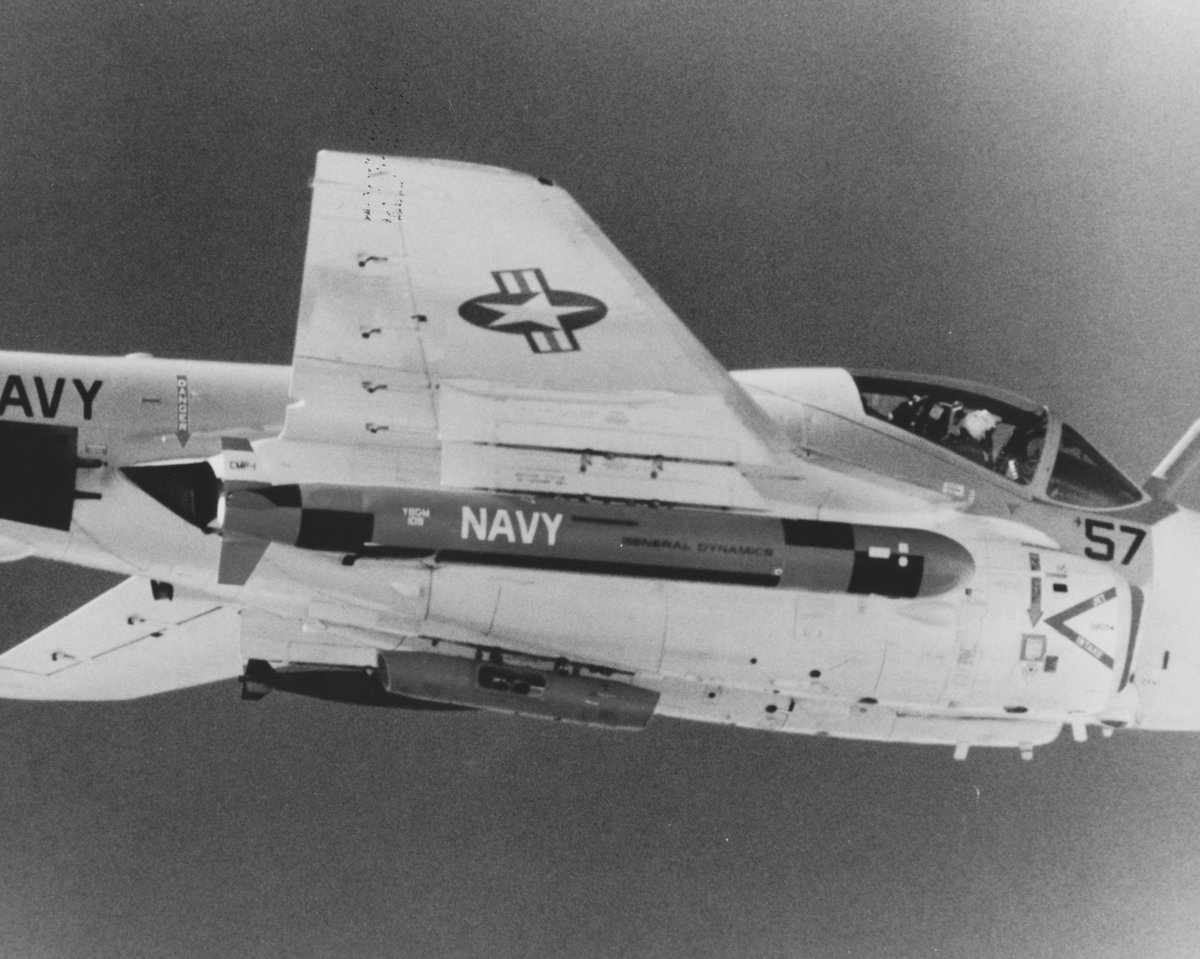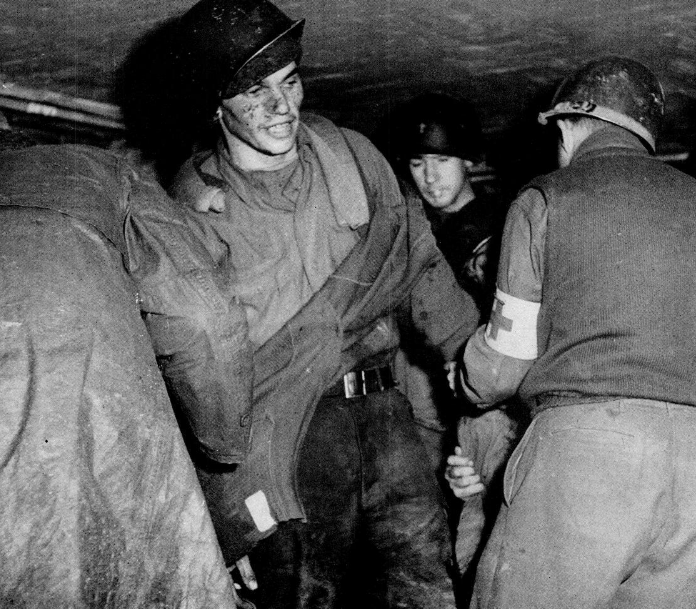I've had some time to think about the Chinese "filled with water" claims; and I think I know what happened.
Every modern ICBM has what's called the "Post-Boost Vehicle"; which aims and releases the warheads following ICBM burnout.
Picture is of an American PBV.
1/
Every modern ICBM has what's called the "Post-Boost Vehicle"; which aims and releases the warheads following ICBM burnout.
Picture is of an American PBV.
1/

Virtually all PBVs use some form of liquid hypergolic propellants -- there are only a few exceptions, such as the USN's Trident PBVs which use a series of solid propellant gas generators to avoid hypergolics on a submarine. (They also have much less delta V)
/2
/2
What I think happened is this:
Finished PBVs have to pass a variety of quality checks before they're released to the field. You've got to first check whether the entire system is leakproof, and then make sure that it can withstand launch vibrations.
/3
Finished PBVs have to pass a variety of quality checks before they're released to the field. You've got to first check whether the entire system is leakproof, and then make sure that it can withstand launch vibrations.
/3
I suspect that everyone tests their PBVs with non-toxic surrogate liquids for initial system pressure tests and when they're placed on shake/rattle/roll tables to check if they're leakproof under launch vibrations.
/4
/4
Otherwise, you find out there's a problem with the PBV when the testing room is now on fire and full of toxic, corrosive and flammable materials.
And to pass the shake testing, your surrogate has to approximate very closely the density/etc of flight materials.
/5
And to pass the shake testing, your surrogate has to approximate very closely the density/etc of flight materials.
/5
I think what happened was that some PBVs finished their acceptance tests and through paperwork errors, were never actually drained, dried, and refilled with flight propellants.
/6
/6
They were in turn shipped to PLARF bases where they were weighed and found within acceptable flight mass + had the paperwork saying they were full of hypergols; and were accepted by the PLARF with no tests; b/c draining samples of hypergols is dangerous.
/7
/7
Said PBVs go on combat duty with the PLARF for six to seven years, before being downloaded for inspection as they're now past the "warranty period".
They're drained at this point by the PLARF and they find that they're full of surrogate liquids, not actual hypergols.
/END
They're drained at this point by the PLARF and they find that they're full of surrogate liquids, not actual hypergols.
/END
• • •
Missing some Tweet in this thread? You can try to
force a refresh





















